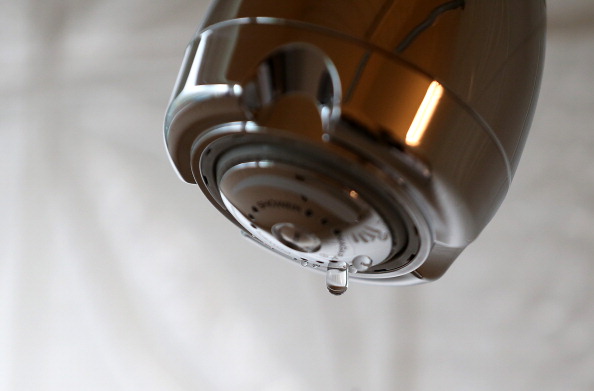
Although the recent outbreak of Legionnaire's disease in New York City has been linked to cooling towers on rooftops, a new government report says that most deaths caused by the disease are tied to hospital and nursing home showers.
The report was issued by the U.S. Centers for Disease Control and Prevention. It shows that people can also be exposed to the legionella bacteria through the water from faucets and bathroom showerheads. The germ spreads into the lungs through water vapor or mist, not by swallowing the water.
The Legionnaires' outbreak in the South Bronx is one of the largest in U.S. history. Twelve people have died and more than 100 have become sick.
Overall, illnesses from Legionnaires' are still more commonly linked to outdoor cooling towers that emit steam or mist or to decorative fountains that create mist over wider areas. This report notes that faucets and showers can also spread the disease if the water is contaminated with legionella bacteria.
"What you hear about is the cooling towers," said Karlyn Beer of the Centers for Disease Control and Prevention. But the data show there's also risk with water from showers, said Beer, the lead author of the new report.
The new statistics on the number and location of cases of Legionnaires' disease are for the years 2011 and 2012. During that time, 14 people died in Legionnaires' outbreaks that were linked to drinkable water, most likely in showers. Most of the cases occurred in hospitals or nursing homes.
Over the same period, five people died in outbreaks of Legionnaires' that were associated with cooling towers and fountains. Another five cases could not be traced to a specific source of the bacteria.
Legionnaires' is a deadly pneumonia that most often strikes elderly people and those with weakened immune systems. An estimated 8,000 to 18,000 people are hospitalized with the disease each year and about 100 people die annually from Legionnaires' in the United States.
